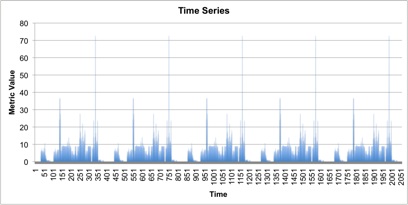(New page: == Adding numbers == This is a page about adding numbers together. Here is a link to the [http://www.example.com wikipedia page]: <source lang="cpp" > #include <GL/gl.h> #include <GLU...) |
|||
| Line 64: | Line 64: | ||
<math>\sum_{i=1}^{N}{i} = \frac{i(i-1)}{2}</math> | <math>\sum_{i=1}^{N}{i} = \frac{i(i-1)}{2}</math> | ||
| + | |||
| + | |||
| + | And here is an image I made all by myself!!!! | ||
| + | [[Image:MyDemoGraph.jpg]] | ||
Latest revision as of 16:47, 27 August 2009
Adding numbers
This is a page about adding numbers together.
Here is a link to the wikipedia page:
#include <GL/gl.h> #include <GLUT/glut.h> //#include <GL/glui.h> using namespace std; #define RED 0 #define GREEN 1 #define BLUE 2 #define PI 3.14159 class Surface; class BouncingLine; Surface * surface; BouncingLine * bl; int height = 480, width = 640; struct VelocityVector { float dx, dy; VelocityVector() { ; } VelocityVector(float dx, float dy) { this->dx = dx; this->dy = dy; } void flipX() { this->dx *= -1; } void flipY() { this->dy *= -1; } string toString() { stringstream ss; ss << '(' << setprecision(2) << this->dx << ',' << setprecision(2) << this->dy << ')'; return ss.str(); } friend ostream& operator<< ( ostream& stream, VelocityVector& vv) { stream << vv.toString(); return stream; } };
Here is a simple summation formula:
$ \sum_{i=1}^{N}{i} = \frac{i(i-1)}{2} $


